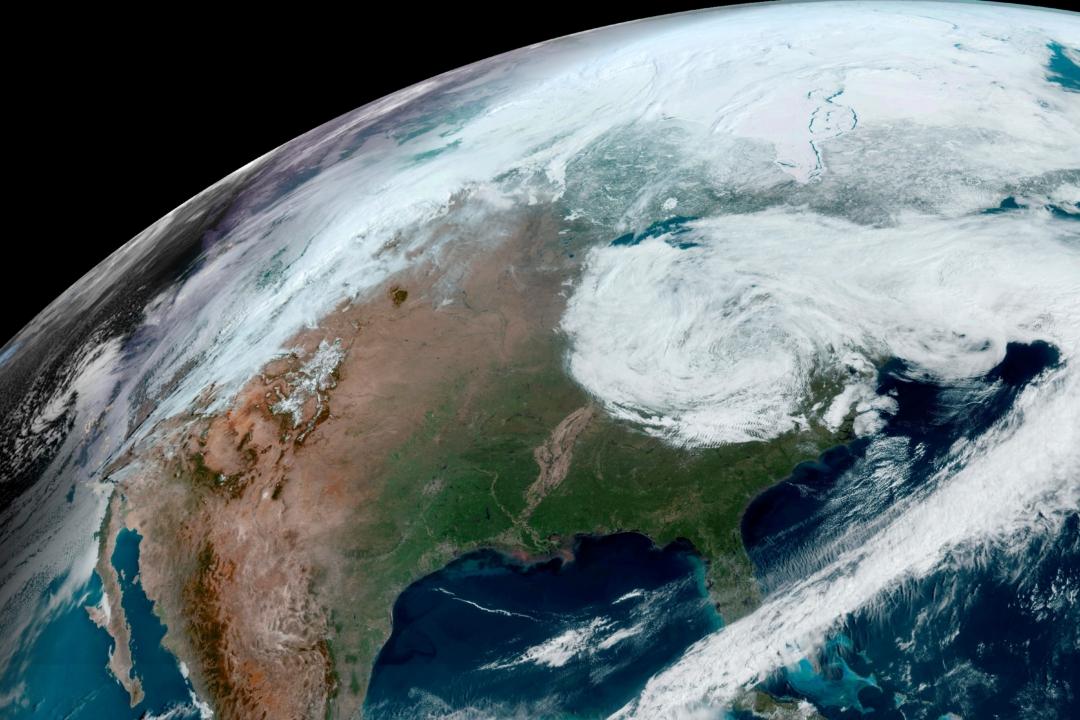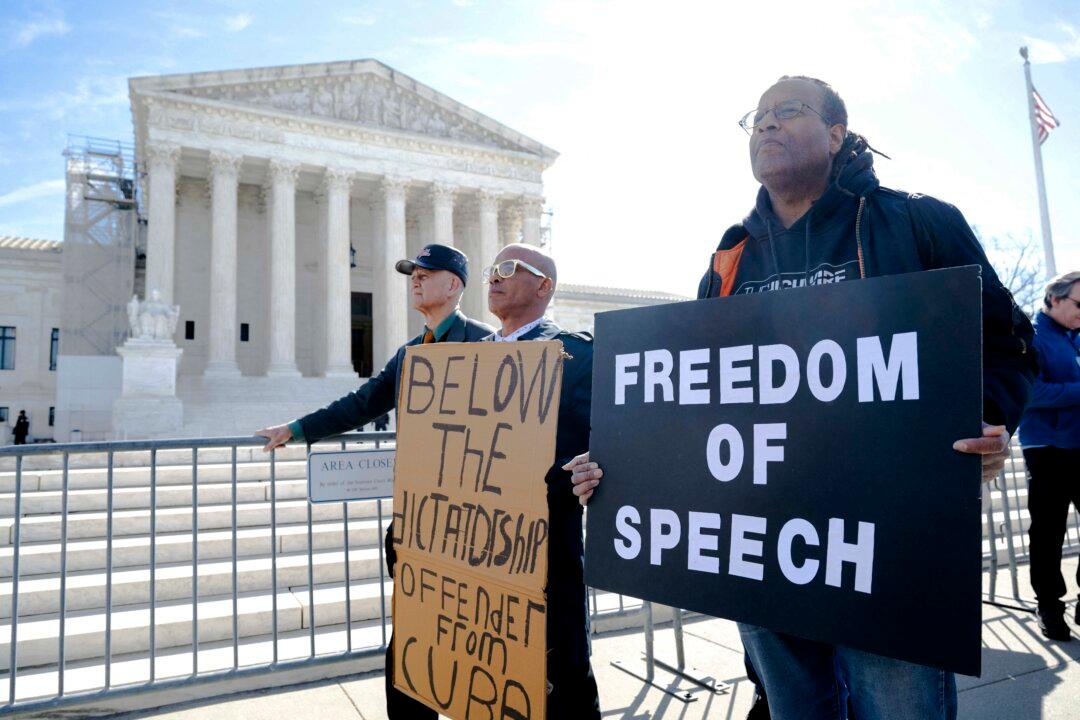Atmospheric scientists began spraying sea salt aerosol into the atmosphere from Alameda, California, on April 3. The scientists are with the University of Washington’s Marine Cloud Brightening (MCB) Program, an international initiative.
MCB lead scientists Robert Wood and Sarah Doherty, both from the University’s Department of Atmospheric Sciences, say their experiment is being conducted to investigate whether brighter clouds can reduce global warming by increasing the reflection of solar radiation.




